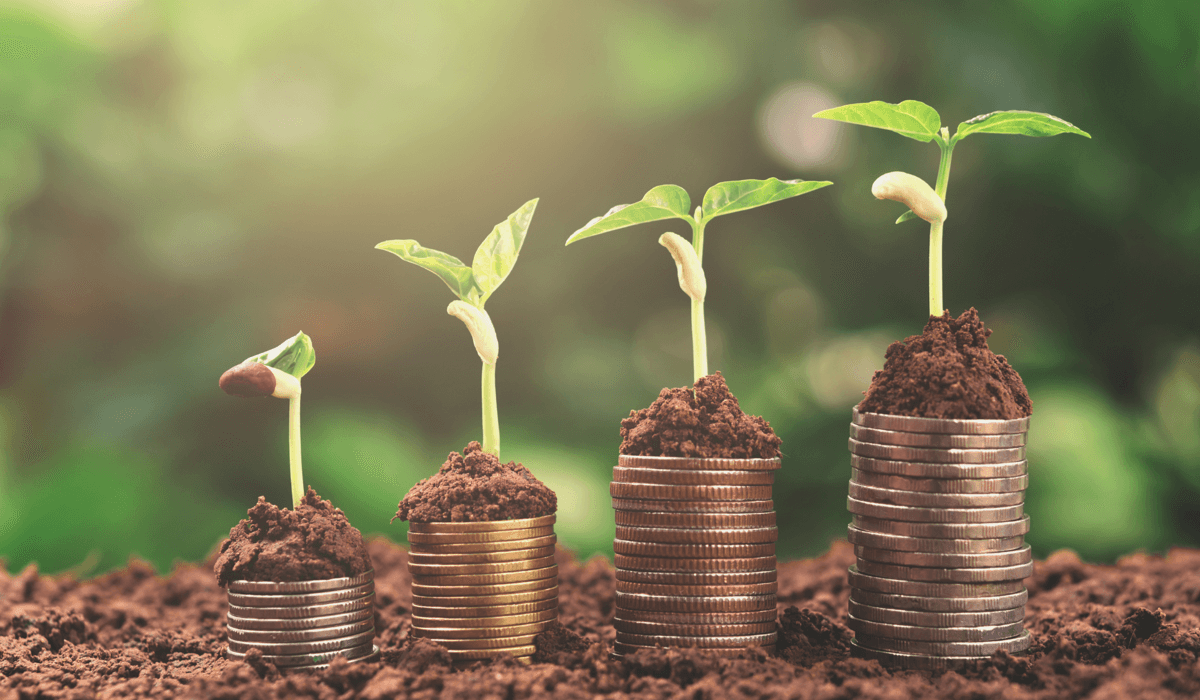
Green bonds
This page contains information about Region Stockholm's green bonds. Region Stockholm specifies investment objects with an environmental focus in green bonds, so investors know that their money is being spent on projects that are good for the future.
Green financing
Region Stockholm is one of the largest regional and municipal issuer of green bonds in the Swedish bond market. Region Stockholm issued its first green bond already in 2014. Over 97 percent of Region Stockholm's debt portfolio is green financing; green bonds and loans tied to environmentally friendly projects from the European Investment Bank and the Nordic Investment Bank, with the ambition to grow the green financing part of the debt portfolio even further.
Region Stockholm's framework for green bonds
Green bonds are a way of borrowing money for investment projects with a particular environmental focus. They are a tool for raising awareness of climate-related challenges and solutions while at the same time safeguarding green development projects in the county.
The money that Region Stockholm borrows within the framework of the green bonds is earmarked for environmental projects and is held in a separate traceable account that is only used for investments that meet specific environmental criteria.
Region Stockholm's framework for green bonds received the highest possible rating, dark green, by S&P Global Ratings. A dark green rating is allocated to projects and solutions that correspond to the long-term vision of a low carbon and climate resilient future. The green bond framework highlights Region Stockholm´s work for Agenda 2030 and specifies how the work with green bonds is done and reported.
Green bond reporting by Region Stockholm
Region Stockholm annually publishes an impact report to investors, including project descriptions and expected impact for all projects. More information is to be find in the impact report below.
Nordic Position Paper - guide to green bonds impact reporting
In 2016, Region Stockholm, in cooperation with other Nordic public issuers of green bonds, began an effort to formulate a common approach to feedback reporting. The cooperation is founded on the conviction that a common Nordic position will offer reporting standards for issuers and valuable insight for other green bond issuers as well as the investor market. There is also a value in sharing experiences and expertise.
The objective is to develop a transparent, harmonized and relevant approach to reporting the effects of green bonds. The group's ambition is to continue to develop the cooperation between the Nordic issuers of green bonds, and to continually refine the impact guide. The most recent update was published in March 2024.
Signatories are: City of Göteborg (Sweden), Kommunalbanken (Norway), Kommuninvest (Sweden), Kommunekredit (Denmark), Municipality Finance (Finland), Linköping Municipality (Sweden), Norrköping Municipality (Sweden), Örebro Municipality (Sweden), Svensk Exportkredit (Sweden), Municipality of Lund (Sweden), Region Skåne (Sweden) and Region Stockholm (Sweden).
- Uppdaterad: 19 maj 2025